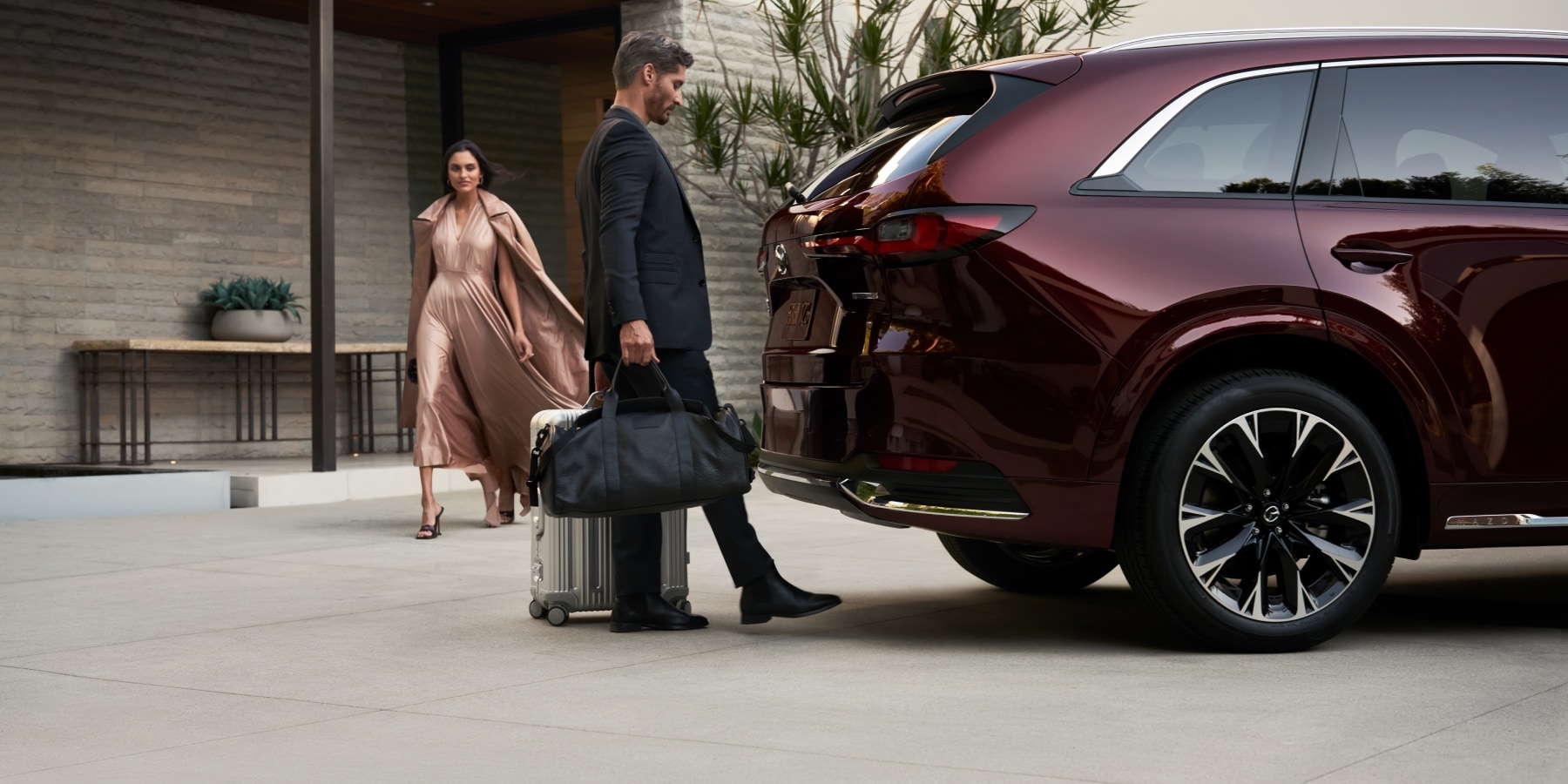Must-Have Car Features for Families in Today’s Vehicles

JUMP TO:
Ask ten families what features their next car absolutely has to have, and you’ll get ten different answers. That’s because all families are wildly different. But what, in general, would be the most essential vehicle features for families, if you had to come up with a list? What are families looking for when they shop for their vehicles, and why?
Given that all families differ, this article will be lightly focused on families with one to four children aged from early childhood to teenage years. Here are some additional notes on what we did and did not consider:
● We did not focus on how many rows of seats you need, drive systems, or energy sources.
● We’ve intentionally not included any legally required safety system or equipment like electronic stability control, airbags, LATCH systems, backup cameras, etc.
● For the latter, if you’re considering a previously owned vehicle, it’d be wise to research whether your vehicle comes equipped with those “required” items, as they have been mandated at different model years.
Finally, keep in mind that many of the features we did land on appear on different cars — sometimes as options or on higher trim levels only, sometimes standard across the board, depending on the manufacturer — and can function quite differently depending on the vehicle within which you find them. Only a test drive or thorough sit-in will show which, if any, are right for your family.
Ultimately, most families want a vehicle that helps keep their family safe. With safety features being more a “given” than a “feature,” and as more active safety equipment becomes standard by regulation, it’ll be the variables between those systems and how they work that buyers like you focus on.
Here are a dozen features we think family drivers should look for.
12 of our favorite car features for families
As you read, keep in mind that many safety features rely on cameras and sensors that are located outside of your vehicle or inside glass. These can be compromised by dirt or weather, so make a point of learning what works and what doesn’t in certain conditions, and where the sensors are, so that you know when and how to keep them clean.
1. Blind Spot Monitoring (BSM)
2. Smart Brake Support
3. Adaptive Cruise Control
4. Lane Keep Assist
5. Driver Attention Alert and Monitoring
6. Automatic High-Beam Headlights
Drivers often don’t know when to use high-beam headlights or when to dim high-beams. Systems like the Mazda High Beam Control can illuminate the high-beam headlights when the forward-facing camera detects little-to-no light in ambient darkness, then revert to low-beams automatically when a vehicle is detected.
7. Automatic Power Folding Mirrors
Automatic power-folding mirrors are a convenient feature that eliminates the need to fold mirrors manually. When folded in, they can avoid being damaged in parking lots or on narrow streets. They also prevent the hassle of brushing against the mirrors — and smudging your jacket or sweater — when squeezing past your vehicle in tight spaces like garages. Typically, these mirrors fold in when the car is locked, rather than when it's turned off.
8. Easy Cargo Access
9. Apple CarPlay™ integration for your iPhone® and Android Auto™ Integration
9
Although many vehicles come with native navigation and satellite radio, many consumers prefer using their phone’s familiar operating system, which can be activated by connecting their phone to one of the vehicle’s USB inputs. Many more prefer wireless integration, which comes standard on every Mazda CX-70 and Mazda CX-70 PHEV.
When taking your prospective vehicle on a test drive, always try out how easily, quickly, and reliably the system works with your phone (once paired), and how easy it is to see and use the infotainment center display (including in bright sun).
10. Wireless Phone Charging
Bluetooth® wireless connectivity has been a standard technology in cars for years, including on all current Mazda vehicles, but charging cables are often seen as just clutter these days, so the CX-70 also comes standard with wireless phone charging.
11. Charging Ports and Outlets
For your other devices, having charging ports and outlets in your car allows you to keep technology powered on the go, ensuring you stay connected during long trips. They also provide convenience for passengers to charge their devices, which can make your journeys — particularly the longer ones — more comfortable for everyone.
The Mazda CX-70 comes with dual USB-C outlets in front and rear seats and offers an AC outlet on some models, so you can even bring, say, your blender for tailgating or camping.
12. Driving Fun
Mazda: Vehicles the whole family can enjoy
The Mazda i-ACTIVSENSE® suite of safety technology can be found on all of our vehicles. It works so well that in February 2024, Mazda had several 2024 IIHS TOP SAFETY PICK+ awards from the Insurance Institute for Highway Safety.
The CX-70 will appeal to any family looking for a stylish, comfortable SUV. Whether you choose a CX-70 Turbo or Turbo S model or the CX-70 Plug-in Hybrid EV, you’ll get an invigorating drive, safety features, and room for the family.
Ready to find a car for your family? Request a quote online and start building a list of potential vehicles for your next family adventure. Or find your local Mazda dealership and take some models on a test drive today.
This article is intended for general informational purposes only and is based on the latest competitive information available at the time of posting. Information herein is subject to change without notice and without Mazda incurring any obligations. Please review a variety of resources prior to making a purchasing decision. Visit Resource Center for more articles.




















